ACN 151 899 606
ABN 17 151 899 606
Registered Office Sydney NSW
Victoria
Although Victoria is Australia's smallest and second densely populated province, its area is still two times bigger than Hungary’s. If it was a country it would still be the 84th country in the world in terms of size. Nearly two-thirds of the population live in the state capital; in Melbourne.
Although the state is called as the Garden State, people from other parts of the country also jokingly call them Mexicans, because they live in the country's southernmost territory.
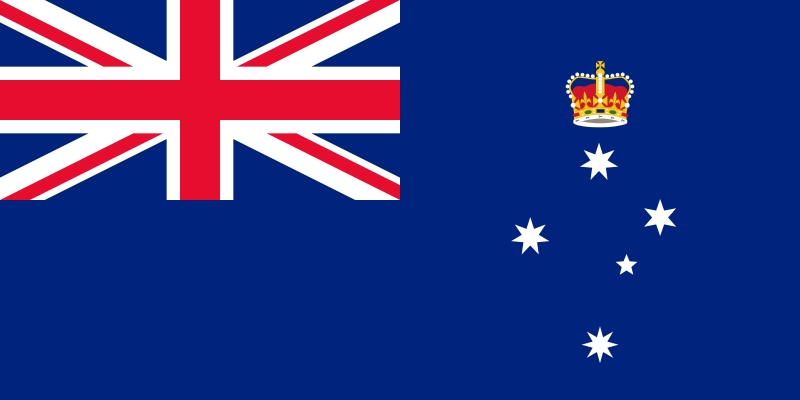 Victoria figures
Victoria figures
The largest cities: Melbourne (population 4,077,036), Geelong (137,000 inhabitants), Ballarat (78,000 inhabitants)
Area: 237.629 km2
Population density and population: 5,547,527 people - 24.39 / km2
Weather and Geography
In Victoria range basically the same four seasons can be found, although they sometimes follow each other in a bit more hectic way, as in our country.
Murray River runs along the northern border of Victoria and the Great Dividing Range. South Australia is in the west, on east and south it is sharing the shortest border of the state of the continent with Tasmania.
Transportation
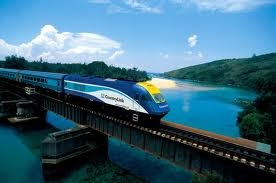 Given that Victoria is Australia's most populous state; the transport plays an important role in the life of the area.
Given that Victoria is Australia's most populous state; the transport plays an important role in the life of the area.
To mention first the huge highways that weave through the state spider web. The primary feature of these highways that they branch from Melbourne, to connect the smaller cities and villages to the provincial capitals.
In highways, of course, beside the cars different bus companies run their long-distance buses also.
The second most important mode of transport is the train: the railway is owned by the government and number of public and private services operates on them. Among them, the most significant is Metro Trains Melbourne, which is a local-owned railway, which connects Melbourne to its suburbs.
Sydney and Melbourne are connected by the CountryLink Melbourne and Adelaide are connected by the Overland.
About the traffic in the air and on water you can read more in the description of Melbourne.
Sport
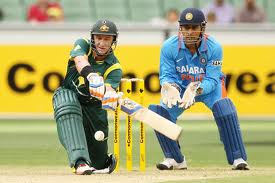 The first and most popular sport in Victoria is the Australian rugby. The centre of many AFL (Australian Football League) teams is Melbourne.
The first and most popular sport in Victoria is the Australian rugby. The centre of many AFL (Australian Football League) teams is Melbourne.
Besides the rugby the cricket is very important in the sport life that cherishes the English traditions So much so that the national cricket championship final is traditionally held in Melbourne, on the Melbourne Cricket Ground.
In addition, Melbourne is home to the Austral Open Tennis Championship, to the Australian Formula 1 Grand Prix, and to the Aussie Millions poker tournament as well.
Furthermore, in 2006, the Commonwealth Games, in 1956 the Summer Olympics were held here
Points of interest and attractions
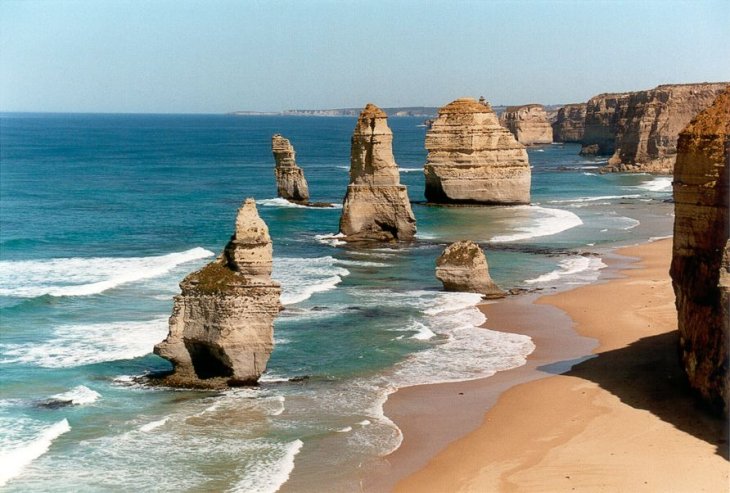 Almost the entire length of State Victoria is lined with huge and wonderful lakeside resorts and beaches.
Almost the entire length of State Victoria is lined with huge and wonderful lakeside resorts and beaches.
The most famous beaches - which annually attract thousands of surfing lovers - are Bells Beach, Torquay and Lorne.
You can find the state's most famous natural peculiarity, the Twelve Apostles, on the Coast. This column consists of massive limestone formations located near the coast of the Port Campbell National Park, near Princetown that is about 200 km from Melbourne.
However, those who are fans of scenery for a little cooler, for those we offer the ski areas in the Australian Alps, in Victoria.
History
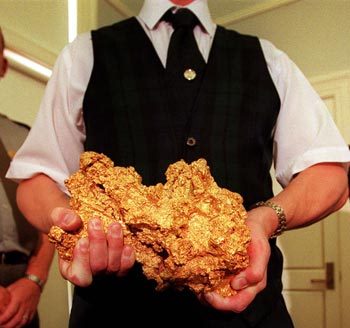 We might want to start the history of Victoria with its name. It was given to it after the famous and well remembered British Queen, Victoria.
We might want to start the history of Victoria with its name. It was given to it after the famous and well remembered British Queen, Victoria.
Like almost every Australian town, which has been created by the British at the time, Victoria also was born as penal colony, though was not even close as big and important as New South Wales located around the Botany Bay.
It probably would have remained so if in 1851 a young miner, James Esmond had not discovered some gold in Melbourne in nearby Clunes.
As a result, one of the world's greatest gold rushes broke out immediately in what immigrants (mostly Irish and Chinese) settlers, gold prospectors and fortune hunters crowds attracted by the promise of easy money in Victoria. (In the State we can still see the impact of the Irish and the Chinese cultural heritage.)
The province was established thanks to the gold rush, as the first Members of Parliament in Victoria were coming from the gold diggers who were rioting against mining taxes, when the province was formed to a state in 1901.